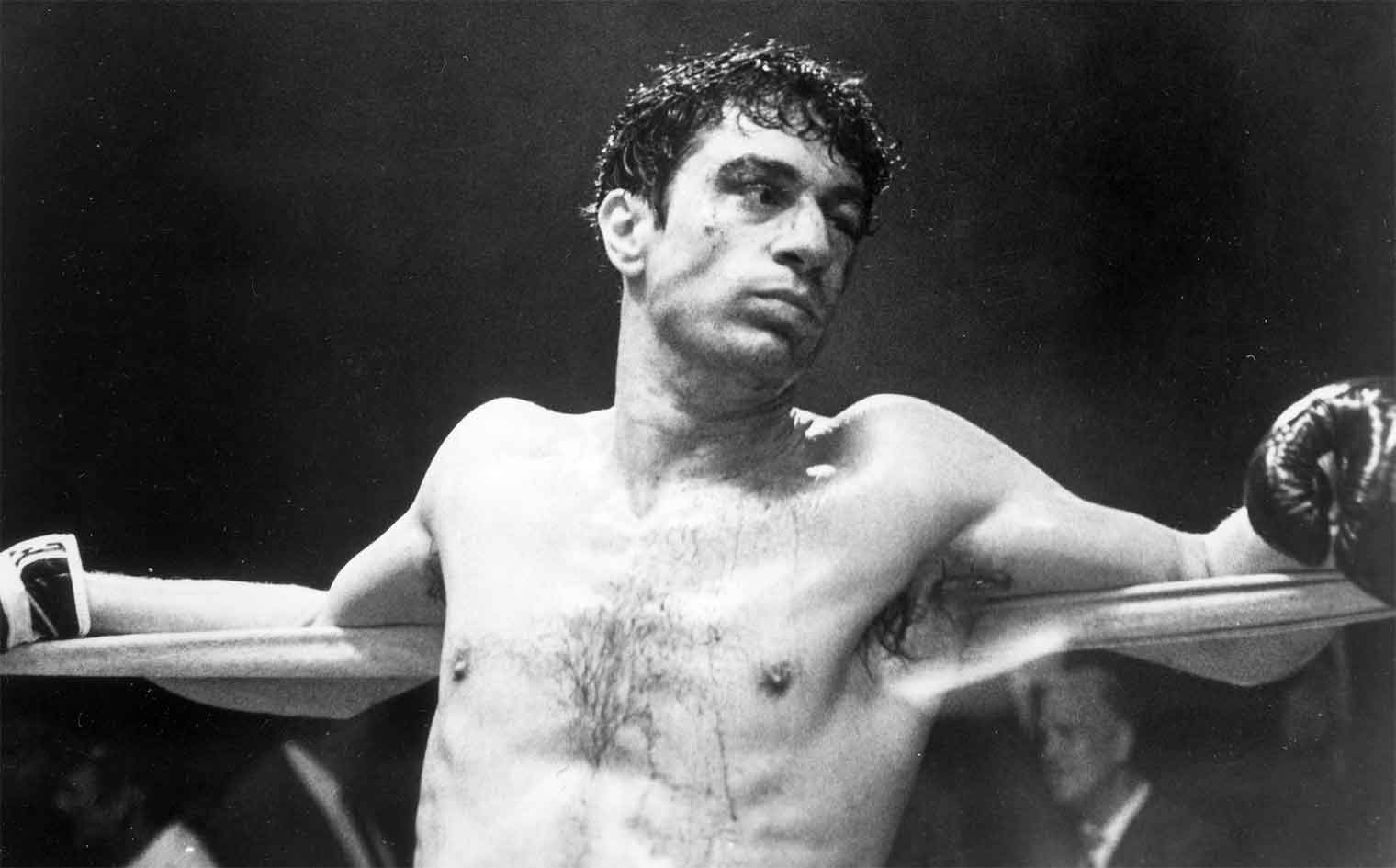
Overall, the high-def presentation is still sharp and provides a notable improvement over previous releases.Ĭriterion includes the film’s original surround soundtrack, presented here in DTS-HD MA 2.0. Past that sequence, the 4K edition does a better job overall when it comes to rendering the picture’s grain structure.

Interestingly, the encode here did a better job rendering the grain of the slow-motion opening than how the 4K presentation handled it. The black-and-white photography looks impressive here, and though it can’t reach the same level of dynamic range as what is afforded by the 4K edition with HDR, I found the grayscale here to be most pleasing, appearing broader and improving over previous editions, leading to a cleaner photographic look.Ī handful of darker scenes can look a bit noisy, but I found the digital encode pleasing, with grain appearing natural much of the time. Other than the color home movie footage that pops up partway through the film (that was damaged intentionally to the horror of some), I don’t recall any marks or other forms of damage popping up. The restoration looks spectacular and the end presentation found here is one of the best I’ve seen for the film, Criterion’s simultaneous 4K edition being the only one to top it. Though the standard Blu-ray edition lacks the 4K disc, the two editions are otherwise the same. I am working from the disc included with the 4K UHD edition. The 1080p/24hz high-definition presentation is sourced from a 4K restoration scanned from the 35mm original negative.


Martin Scorsese’s Raging Bull receives a new Blu-ray special edition from The Criterion Collection and is presented on a dual-layer disc in its original aspect ratio of 1.85:1.


 0 kommentar(er)
0 kommentar(er)
